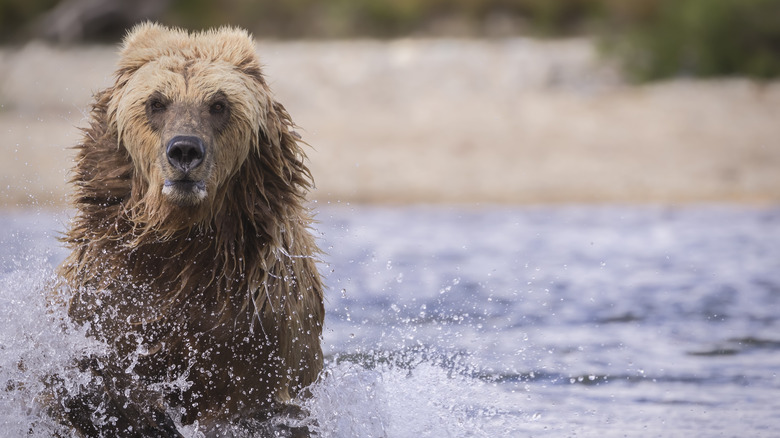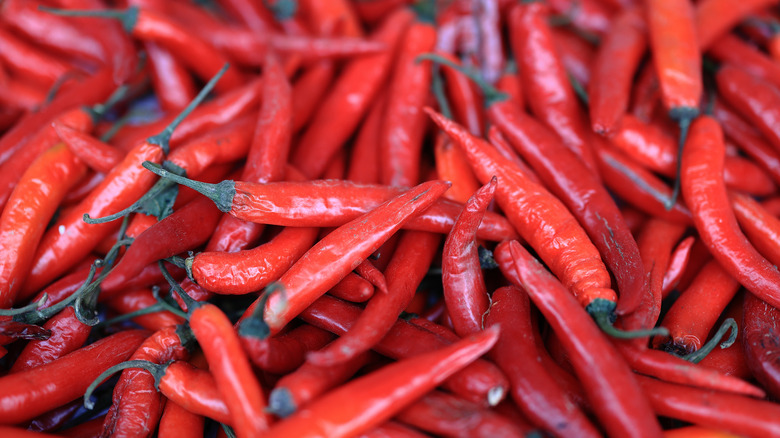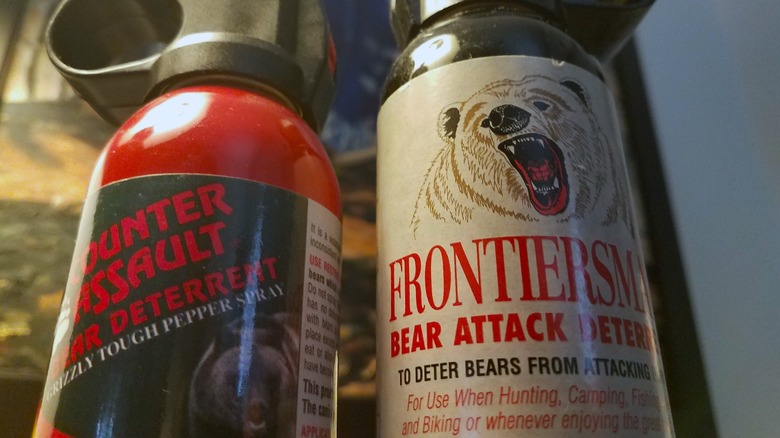What Is Bear Spray & How Do You Use It
North America is home to well over a half million bears, including many of the most dangerous types of bears in the world. Every portion of Canada, the majority of the United States, and even parts of Mexico are inhabited by some specie or species of bear. Given the large population of bears and the vast amount of area in which they are found, it is only natural that bear encounters are a concern for those adventuring outdoors.
With that in mind, anyone spending time outdoors in bear country need to be well aware of what to do if attacked by a bear. It is also important to know how to avoid mistakes that may attract bears to campsites. Additionally, outdoor enthusiasts should be aware of where and when they are most likely to run into a bear. But, above all else, anyone venturing into bear territory should be prepared with both bear knowledge and deterrents, including bear spray. But, what is bear spray and how do you use it?
What is bear spray and why does it work?
There are essentially two types of non-lethal bear deterrents –- noise deterrents and physical deterrents. When heading into bear territory, it is recommended to carry both. Although there are a number of effective physical deterrents, bear experts, including those at BearSmart claim bear spray, also known as bear mace, is the most effective. In fact, there is evidence to suggest bear spray is even more effective than lethal methods such as firearms in preventing bear attacks. So, what is bear spray and why does it work?
Simply put, bear spray is red pepper oil. It is essentially the same concoction that is used in personal protection mace or pepper spray. Both bear spray and pepper spray are effective for the same reason red pepper flakes repel insects and garden pests –- capsaicin. This is the element that gives red peppers their heat. It is also a major irritant to the eyes, nose, mouth, and lungs of mammals, including bears and people.
However, while bear spray and pepper spray have the same active ingredient, there are some major differences. For starters, bear spray has a higher dose of capsaicin and a longer effective spraying range. So, self-defense pepper spray should not be considered a substitute for bear spray. Additionally for those adventuring in Canada, personal protection pepper spray is illegal there, while bear spray is not.
When and how to use bear spray
The ingredients in bear spray are known the be an effective deterrent, but it is not effective if not used properly. Therefore, it is important to not just carry bear spray, but know when and how to use it. To begin with, carrying bear spray is not an excuse for failing to follow proper bear safety protocol when hiking or camping, and it should only be used to fend off a charging bear. While at times bears bluff charge, it is advised to begin spraying bear mace if an aggressive acting bear approaches closer than 60 feet.
In order for bear spray to be effective, it must be deployed properly. The premise behind bear spray is not to spray a stream into the bear's eyes, but rather the wide nozzle on bear mace cans is designed to create a cloud the bear will charge into. To properly and effectively discharge your bear spray, firmly grasp the canister and remove the safety clip. While holding the can shoulder high with both hands, aim downwards towards the bear's face. Bearwise says to spray a short two-second burst and release the trigger mechanism. If the bear continues to charge, spray a second short burst. Advice from the be bear aware campaign says to keep spraying until the bear stops charging.
During a bear encounter, like any high-stress situation, being able to do what is necessary isn't always automatic. So, it is also important to practice using bear mace before having to use it.


